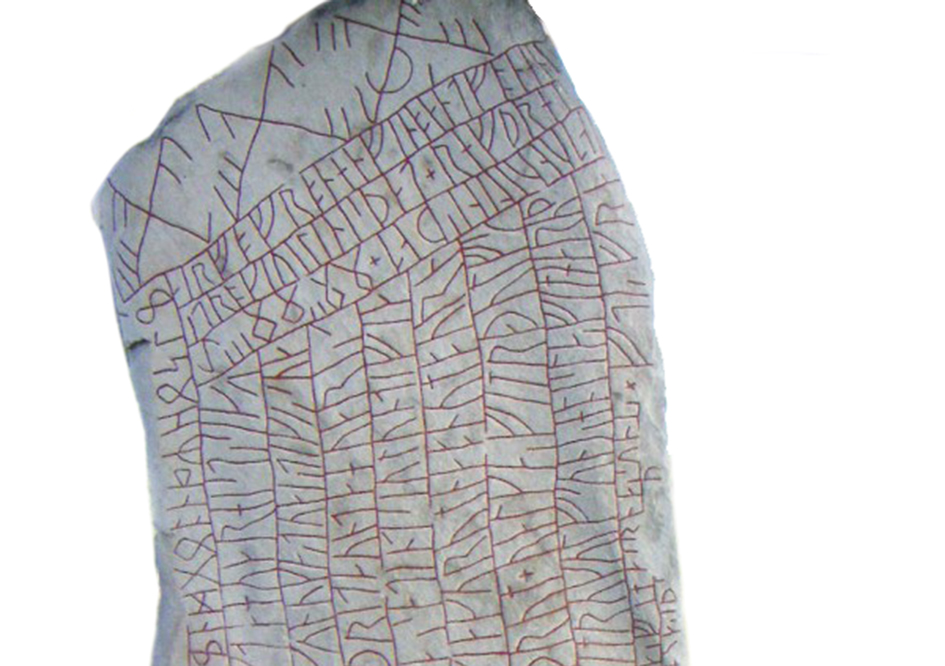
Runstenar ses ofta som typiskt svenska. Med vi kanske ska börja se dem med nya ögon, visar en artikel av Troels Brandt i The Medievalist.
Jag gör det lätt för mig och lägger in Troels sammanfattning lite längre ner. Men jag måste sägas att hans inlägg är intressant och ett bra sätt att visa på betydelsen av mer tvärvetenskapliga ansatser vid analys av historia.
Challenges to the mind were popular at the Frankish court at the time of the Rök Stone. Due to the political situation in Scandinavia at that time the stone was made in a combined Swedish and international context. The methods of the stone are clearly influenced by the Frankish renaissance initiated by Alcuin of York. Therefore the interpretation may appear complicated, but in spite of a lot of details they are all fitting together in a very clear and planned structure – ending up in two simple messages – a coincidence is very improbable in that pattern. The principle has already been accepted by the scholars regarding the complicated encryption of the runes, which is integrated in the structure. We must never forget that way of thinking when reading the text. In the article the following simple and logical key structure of the text is recognized: The text is separated into riddles (statements) by the Old Norse word ”sakum” (”I say”) succeeded by an interrogative pronoun. Each riddle may consist of one or more stanzas. The answers are confirmed indirectly in the succeeding riddle – connecting in this way all the riddles. When ”sakum” is followed by ”mukmini” the riddle is a common known myth (Wessén’s ”public memory”). In the other riddles the history of the relevant region must be searched. According to the numbering nine riddles are missing – representing the ”nine generations” mentioned
Troels Brandts artikel om Rökstenen
